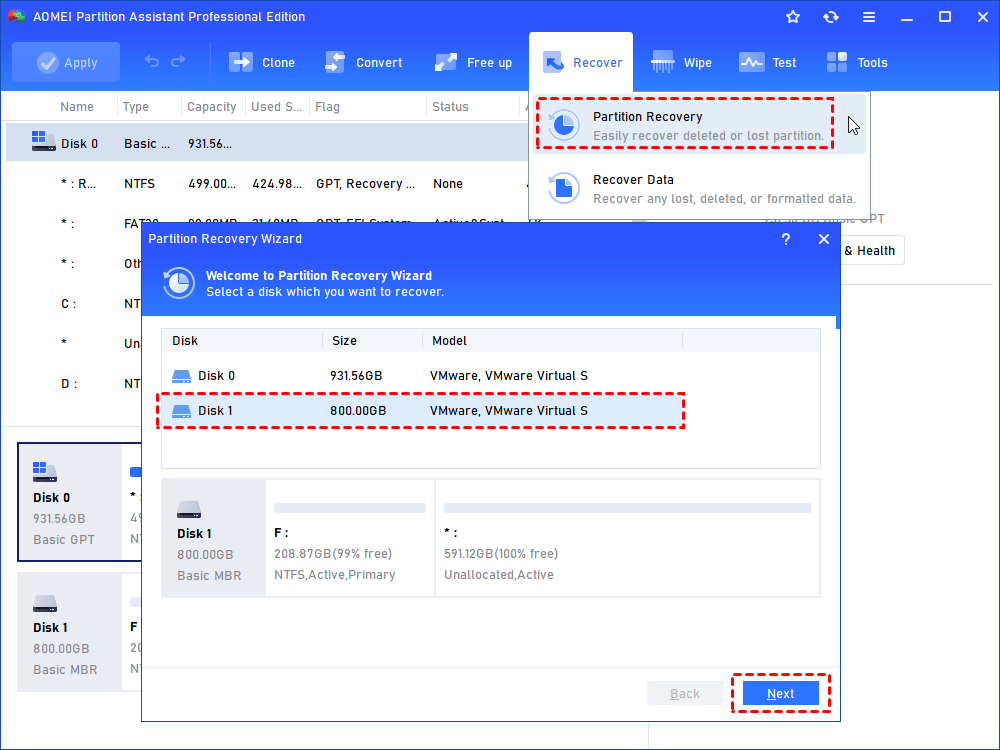
Interestingly, even if I boot the Mac from an external SSD (in this case an old Sierra installation) I cannot mount the disk as read/write. If you used Disk Utility from macOS Recovery, you can now restart your Mac: choose Apple menu > Restart. sudo mount -uw / sudo mount -uw /System/Volumes/Data Neither of the two volumes can be mounted, I always get permission denied even with SIP disabled.

The order of repair in this example was Macintosh HD - Data, then Macintosh HD, then Container disk4, then APPLE SSD. ‘sudo’ is missing on recovery terminal Ask Question Asked 2 years, 7 months ago Modified 2 years, 3 months ago Viewed 12k times 1 on my MacBook, I booted to RECOVERY TERMINAL. If you have a corrupted or missing recovery partition, you can still reinstall your macOS or OS X via the Utilities tool. Keep moving up the list, running First Aid for each volume on the disk, then each container on the disk, then finally the disk itself.
#Sudo mac os recovery partition missing password
If you're asked for a password to unlock the disk, enter your administrator password.Īfter Disk Utility is done checking the volume, select the next item above it in the sidebar, then run First Aid again.But I didn’t clone the recovery partition, so there isn’t on. You can then use efibootmgr, bless, or some other tool to restore rEFInd as the default boot. When I did it, I cloned my system drive with carbon copy cloner. If you want to place rEFInd on the macOS root partition. If the button is dimmed and you can't click it, skip this step for the disk, container, or volume you selected. 1 Once upon a time, I migrated from a HDD to an SSD.Shut down your Mac Choose Apple menu > Shut Down and wait until your Mac turns off.

#Sudo mac os recovery partition missing how to
If there is no Run button, click the Repair Disk button instead. 15:19 Install macOS Ventura 21:35 Install the necessary patches for your Mac Unsupported Macs That can Run macOS Ventura These are the unofficial macs shown below, supporting the latest macOS version. How to reinstall macOS You can use macOS Recovery, your computer's built-in recovery system, to reinstall the Mac operating system.In this example, the last volume on the disk is Macintosh HD - Data.Ĭlick Run to begin checking the selected volume for errors. For each disk that you're repairing, start by selecting the last volume on that disk, then click the First Aid button or tab. Terminal You often need to boot into the Recovery partition to make changes to your Mac's system drive, making it a crucial troubleshooting tool for any Mac user.


 0 kommentar(er)
0 kommentar(er)
